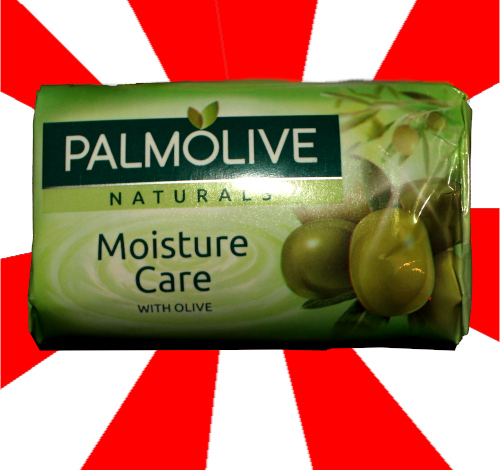I love reading, but sometimes it's really hard to fit in the time to read, especially with the constant distractions of technology. I tend to go on 'book binges', where I'll read five or so books in a row, followed by reading nothing for the next year or so. Recently, however, as I've counted it as an important habit, I've found some easy ways to fit reading into my lifestyle, and embraced the use of technology in doing so. Here are a few tips on how to fit more pages into your day!
Listen to Audiobooks for less Tired eyes
Reading books before going to sleep is not only a good way to help you read more, but also makes getting to sleep just that bit easier! Personally, I find it pretty hard to read books by the end of the day, as it's a pretty big strain on tired eyes, especially if you're at a computer all day. I've recently gotten into the habit of listening to audiobooks just before bed. The Audible app thankfully has a timer setting, so that you can set it to stop a set amount of time from when you start listening automatically, so I don't even have to pause it before I go to sleep, which is pretty rad!
Read Kindle books from Anywhere
For a while, I was stuck in a pretty brain-dead call centre job where the biggest dilemma was trying to figure out what to do with my free time. As soon as I figured out that there was a kindle reader for the internet browser, I was set to go. The good thing about Kindle books is you don't need a kindle reader or even a tablet; you can get the app for your smartphone even and continue reading from any other device connected to the same account. As someone who forever has had to reread pages of books to figure out where I last picked it up, this proved itself pretty handy.
Audiobooks for Multitasking
Whenever I'm painting or drawing I'm either listening to music or an audiobook. There are loads of different activities that you could combine audiobooks with that would prove a major pain to try to combine a traditional book with, such as household chores, cooking, walking and so on. Audiobooks are perfect for multitasking so if you've got a busy lifestyle they're bound to prove useful.
Small, inspiring books for quick, inspiring reads
If you're going to bring books with you for when you have a free moment, it's easier to bring around smaller books that pack a punch than large books that often take a lot of time investment. Choose books that you can pick up for five minutes and really get something out of, and preferably in a size that fits your bag of choice!
Don't force yourself to read books you're not enjoying.
Just move on to another book. You might even come back to the not so enjoyable ones at a later time and find that they're actually not bad. But there's no point in wasting time on books you aren't into; life is too short! If you have a tendency to start books and leave them aside, I'd recommend a service such as Scribd, which is a monthly payment for all of the books in their library (including some audiobooks, too!), rather than potentially wasting your money on books you can't sink yourself into.
Reading can be great to build on knowledge, and even our way of thinking in our day to day life; and the more we read, the more well rounded we are as both people and creatives. I hope you find these tips helpful for getting through all those books on your 'to read' list... Happy reading!








